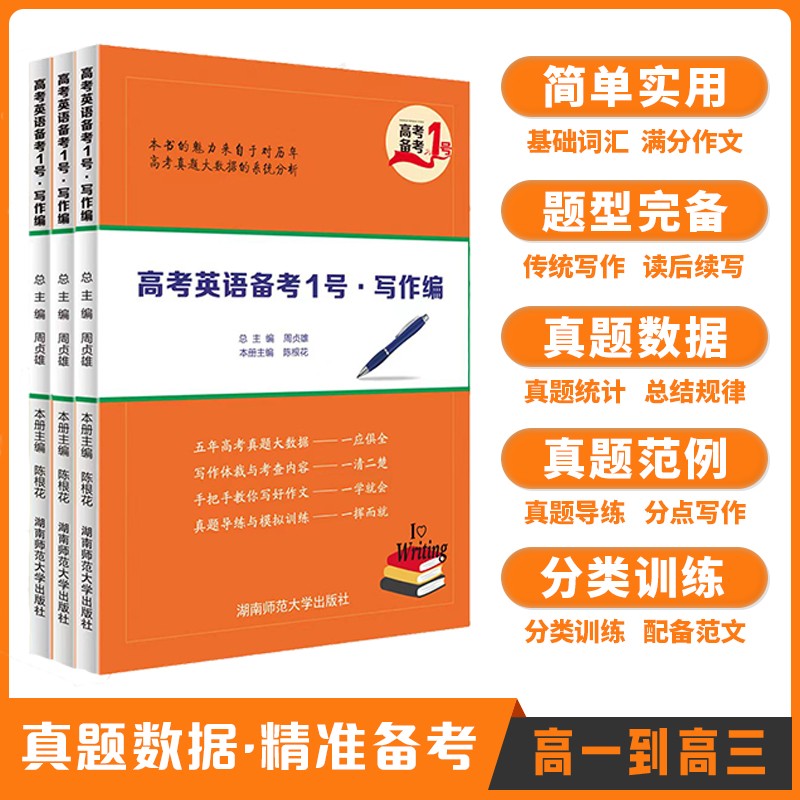逗号后面的 nor did...算部分倒装吗
She never laughed , ______ lose her temper.
A. nor did she ever B. nor she ever did
请问这种否定词开头的部分倒装,逗号后面的开头(横线部分) 算一个句子开头吗,如果是such+名词或者so+形容词,在逗号后面开头也要倒装吗,那为什么原因状语从句的for可以放在逗号后面的开头呢?
最佳答案 2020-02-25 15:29
1. 逗号后面的开头(横线部分), 即 nor did she ever,是并列句的后半部分。
2. 英语中为避免句子部分内容重复,常用倒装句,即:so (neither,nor)+be动词 (助动词,情态动词)+主语。表示“前面所说情况也适用于另一人(或东西)”的句子,neither,nor为否定句。是并列句的后半部分,一定要有逗号隔开。
【例句】
My father is an engineer; so is my husband.
Jane didn’t attend my class yesterday; nor did Tom.
Society has changed and so have the people in it. 社会变了,人也跟着变了。
We do not believe their nice word and nor are we intimidated by their bluster.
我们既不相信他们的甜言蜜语,也不怕他们的恐吓威胁。
【四级实例】
The organization had broken no rules, ______ had it acted responsibly.
A. neither B. so C. either D. both (1996.1)
该组织虽没有违反规定,却也不够负责。答案A
注:如表示赞同别人的陈述,so后面的部分不倒装。
“Jim is a good-swimmer.” “So he is, and so is Dick.”
3. for是并列连词,不能用于句首,只能用于连接表示原因的并列句,这里不是原因状语从句, 是并列句。for连接的句子前面的逗号一定要写。
We’ll have to cancel the meeting, for the speaker can’t come,
- 1 关注
- 1 收藏,6041 浏览
- 我不懂 提出于 2020-02-24 18:24
相似问题
-
 《高考英语备考1号·速效编》
《高考英语备考1号·速效编》
-
 《高考英语备考1号·写作编》
《高考英语备考1号·写作编》
-
 《高中英语晨读晚记》
《高中英语晨读晚记》
-
 《高中英语错题笔记》
《高中英语错题笔记》
-
 《零起点考大学英语》
《零起点考大学英语》
-

